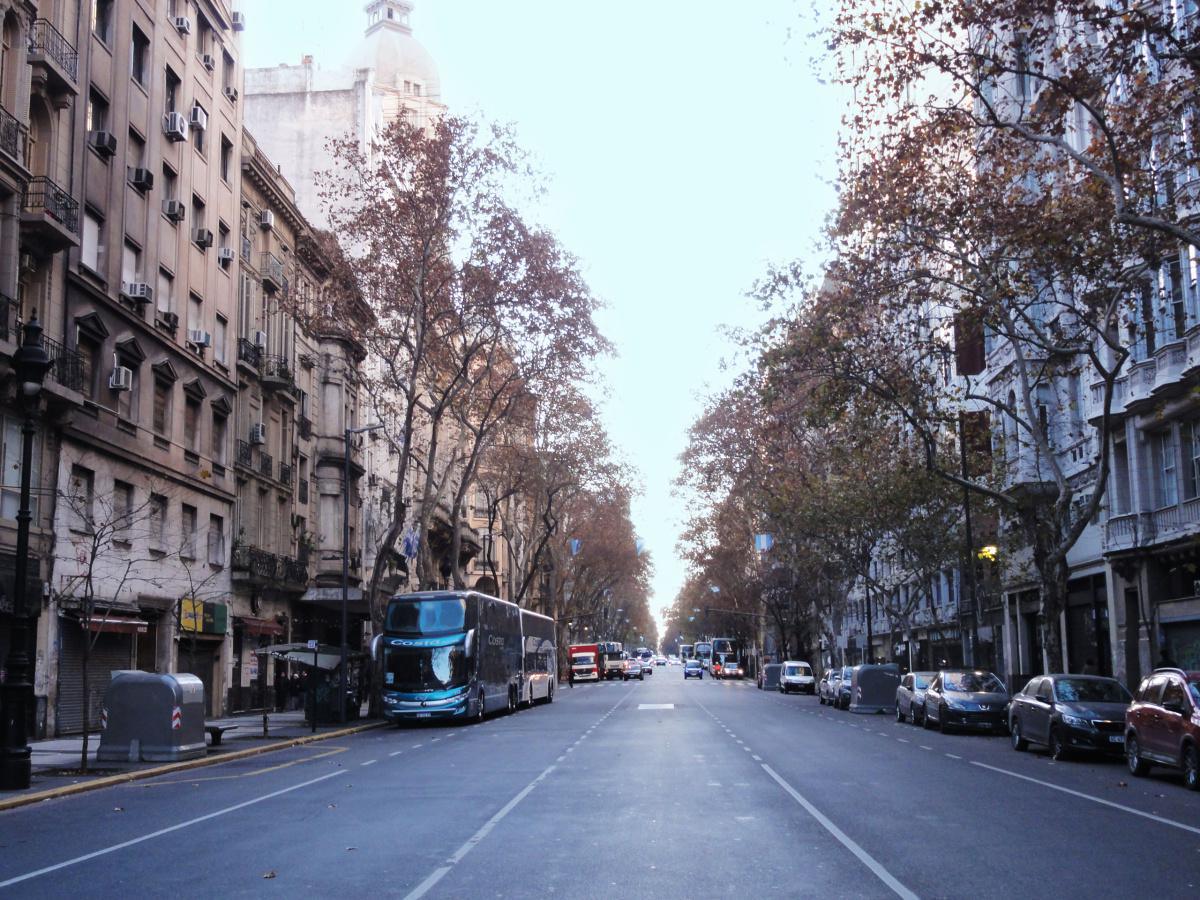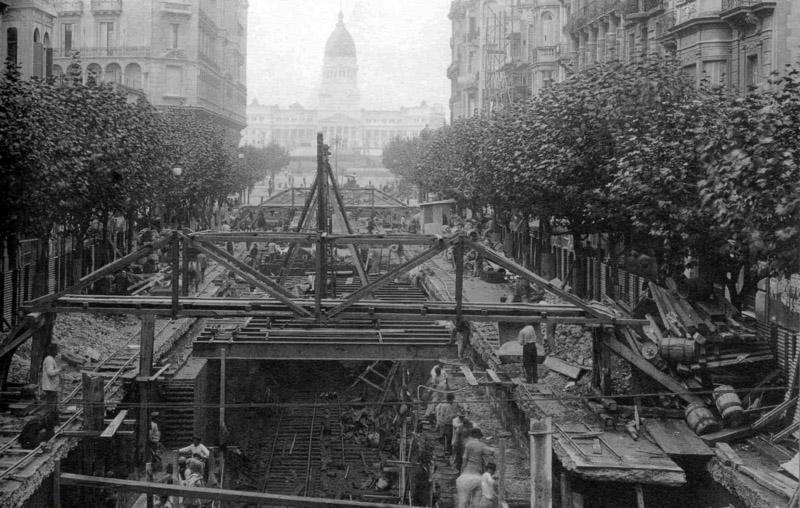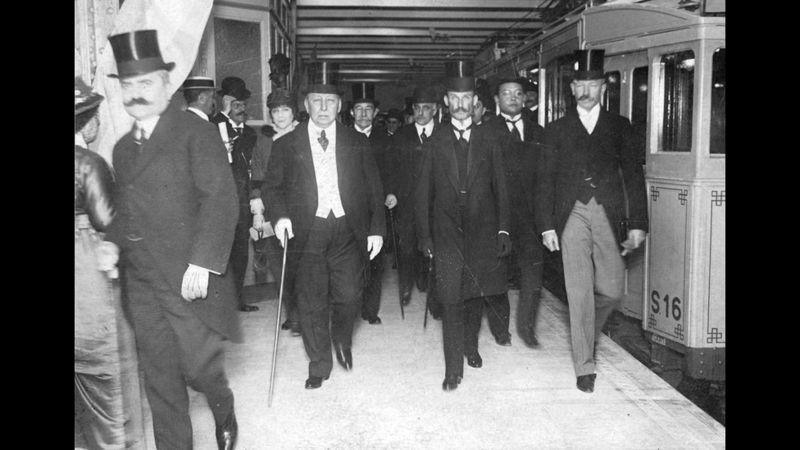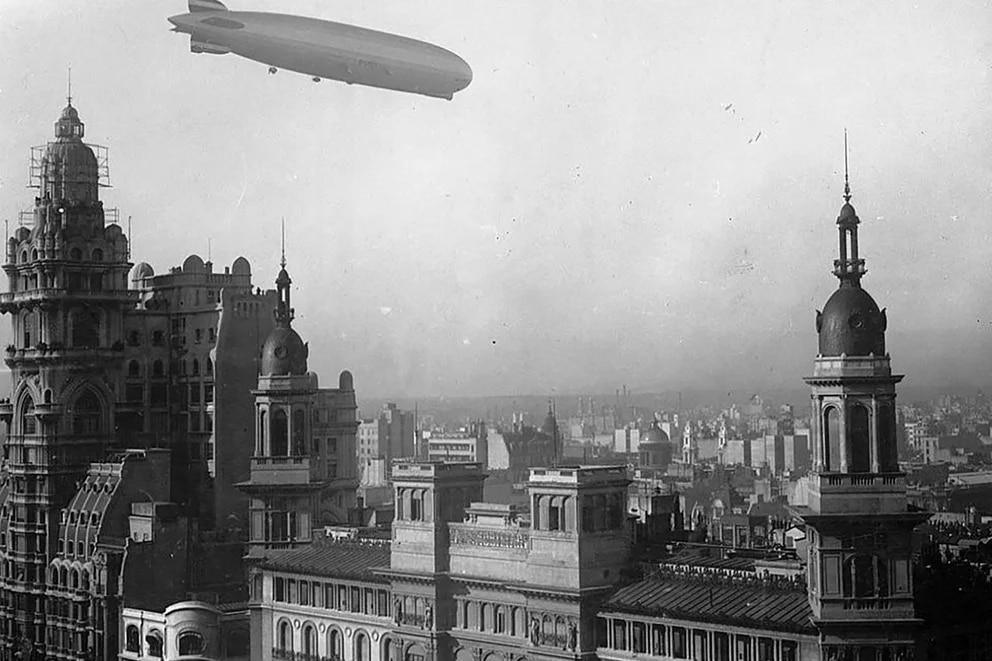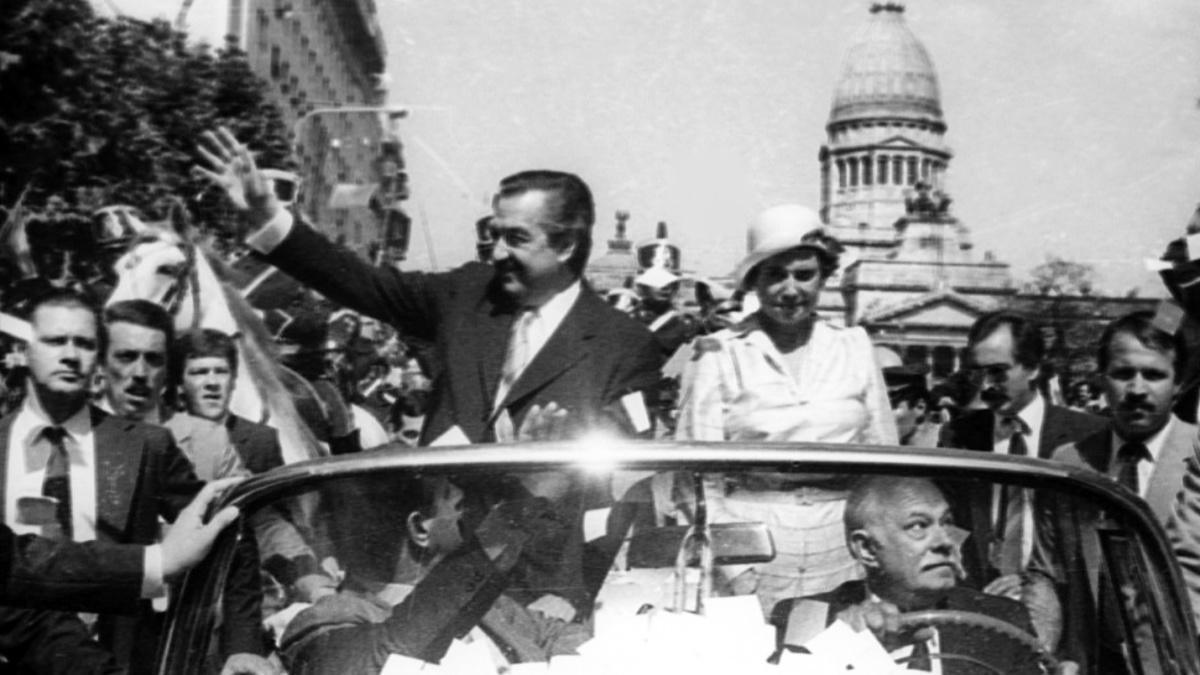
Comentarios
R1-P5. Avenida de Mayo
Av. de Mayo CABA Comuna 1
Breve Historia
Short History
Se inauguró en 1894 con el pretexto de que sirviese de pulmón de la población que se concentraba dentro del sector central de la urbe y fuera además la vidriera de presentación de la ciudad al mundo, fue el primer bulevar que tuvo la Ciudad de Buenos Aires, fue la columna vertebral del centro histórico y cívico de la ciudad. Nació opulenta y majestuosa, y se transformó con el tiempo en el símbolo de las relaciones argentino- españolas y en el escenario de todas las manifestaciones sociales porteñas. Fue la primera Avenida de la República Argentina y de toda América del Sur.
It was inaugurated in 1894 under the pretext of serving as a lung for the population that was concentrated in the central sector of the city and was also the showcase for the presentation of the city to the world, it was the first boulevard that the City of Buenos Aires had, it was the backbone of the historical and civic center of the city. It was born opulent and majestic, and over time it became the symbol of Argentine-Spanish relations and the stage for all the social manifestations of Buenos Aires. It was the first Avenue of the Argentine Republic and of all South America.
Comienza en la calle Bolívar y su trazo de este a oeste corre entre las laterales Hipólito Yrigoyen y Avenida Rivadavia. De esta manera conecta la histórica Plaza de Mayo con la Plaza del Congreso en una extensión de unas diez cuadras, 1 km aproximadamente.
It begins at Bolívar Street and its east-west line runs between the side streets Hipólito Yrigoyen and Rivadavia Avenue. In this way it connects the historic Plaza de Mayo with the Plaza del Congreso in an extension of about ten blocks, approximately 1 km.
Su planeamiento fue muy debatido y resistido ya que requirió la expropiación y demolición de construcciones pertenecientes a la alta sociedad, además de considerase una obra sumamente costosa.
Its planning was much debated and resisted since it required the expropriation and demolition of buildings belonging to the high society, besides being considered an extremely expensive work.
Su realización se inspiró en los bulevares de Paris, pero la caudalosa vertiente inmigratoria española tipifico su carácter hispánico al poblarse de teatros de zarzuelas, cafés de tono madrileño, ateneos, asociaciones literarias y peñas formadas por las comunidades Ibericas, influyendo naturalmete en su arquitectura, razón por la cual se la suele comparar con la Gran Vía Madrileña.
Its realization was inspired by the boulevards of Paris, but the large number of Spanish immigrants typified its Hispanic character by populating it with theaters of zarzuelas, cafes of Madrid tone, athenaeums, literary associations and clubs formed by the Iberian communities, naturally influencing its architecture, which is why it is often compared to the Gran Vía Madrileña.
Se convirtió en el grandioso escenario de la vida pública de principios del siglo XX y los frentes de sus sofisticados edificios de estilo Art Nouveau, Neoclásico y Eclético constituyeron el magnífico marco de recepción de los ilustres visitantes extranjeros.
It became the grandiose scene of public life at the beginning of the 20th century and the fronts of its sophisticated Art Nouveau, Neoclassical and Eclectic buildings provided a magnificent setting for the reception of illustrious foreign visitors.
En las entrañas
In the bowels
El mejor ejemplo urbano de la prosperidad de la Argentina de principios del siglo XX, es que debajo de la Avenida de Mayo circula el primer Subterráneo (METRO) que hubo en América de Sur.
The best urban example of the prosperity of Argentina in the early twentieth century, is that under the Avenida de Mayo circulates the first Subway (METRO) that existed in South America.
La llegada del metro o "subte", como le decimos los argentinos, revolucionó el transporte de la ciudad de Buenos Aires.
The arrival of the subway or "subte", as we Argentines call it, revolutionized the transportation of the city of Buenos Aires.
Con la idea de abrir un túnel de siete kilómetros, el 15 de septiembre de 1911 comenzaron las excavaciones a cielo abierto, en las que trabajaron más de 1.500 personas con máquinas a vapor.
With the idea of opening a seven-kilometer tunnel, on September 15, 1911, open-air excavations began, in which more than 1,500 people worked with steam engines.
Dos años después, el 1 de diciembre de 1913, el presidente Victorino de la Plaza inauguró la Línea A, con un recorrido que iba desde Plaza de Mayo a Plaza Once.
Two years later, on December 1, 1913, President Victorino de la Plaza inaugurated Line A, which ran from Plaza de Mayo to Plaza Once.
Es importante remarcar nuevamente que esta se trató de la primera red de trenes subterráneos de Iberoamérica y del Hemisferio Sur.
It is important to emphasize again that this was the first subway network in Latin America and the Southern Hemisphere.
La Avenida de Mayo se convirtio desde el principio en el escenario natural donde se convocan los hechos históricos en argentina, no solo bajo o a nivel de la avenida, sino también volando sobre ella.
From the very beginning, Avenida de Mayo became the natural stage where historical events in Argentina took place, not only under or at the avenue's level, but also flying over it.
Espectaculo en el aire
Show in the air
El 30 de junio de 1934, el dirigible Graf Zeppelin, un mastodonte de 240 metros de largo, conmovió a los porteños, con la increíble historia del dirigible que gracias a su lujo, espectacularidad y capacidad para recorrer largas distancias le ganaba la carrera a los aviones, pero que pocos años después conocerían su trágico final.
On June 30, 1934, the Graf Zeppelin airship, a 240-meter long mastodon, moved the people of Buenos Aires, with the incredible story of the airship that, thanks to its luxury, spectacularity and capacity to travel long distances, won the race against airplanes, but that a few years later would meet its tragic end.
Por otra parte y al tratarse de la vía que une al Congreso de la Nación Argentina con la Casa Rosada, sede del Poder Legislativo y Ejecutivo respectivamente, es la ruta obligada de los presidentes de la Nación los días de las asunciones, y el lugar predilecto para las marchas de protesta y manifestaciones o para las celebraciones durante las fechas patrias.
On the other hand, since it is the road that connects the Congress of the Argentine Nation with the Casa Rosada, seat of the Legislative and Executive Power respectively, it is the obligatory route for the presidents of the Nation on the days of their inaugurations, and the favorite place for protest marches and demonstrations or for celebrations during national holidays.
Democracia 1983
Democracy 1983
El 10 de diciembre de 1983 el Dr. Raúl Alfonsín en el desfile de asunción como Presidente de la Nación.
On December 10, 1983, Dr. Raúl Alfonsín at the inauguration parade as President of the Nation.
El pueblo argentino recuperaba la Democracia y, con ella, el estado de derecho, tras siete años de una feroz dictadura cívico militar.
The Argentine people recovered Democracy and, with it, the rule of law, after seven years of a ferocious civil-military dictatorship.
El decreto del Poder Ejecutivo Nacional Nro. 437 del año 1997 declaro la Avenida de Mayo como "Lugar Histórico Nacional", lo cual implica que no se pueden alterar las fachadas de los edificios ni poner determinadas publicidades y marquesinas.
Todo aquello que modifique las estructuras debe ser previamente aprobado por la Comisión Nacional de Monumentos y Lugares Históricos.
The decree of the National Executive Power No. 437 of 1997 declared Avenida de Mayo as a "National Historic Site", which means that the facades of the buildings cannot be altered and certain advertisements and canopies cannot be put up.
Anything that modifies the structures must be previously approved by the National Commission of Monuments and Historic Places.

